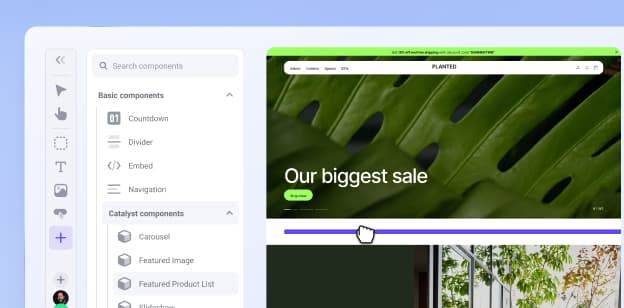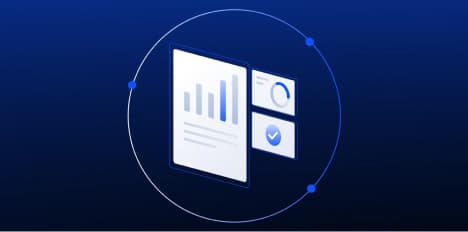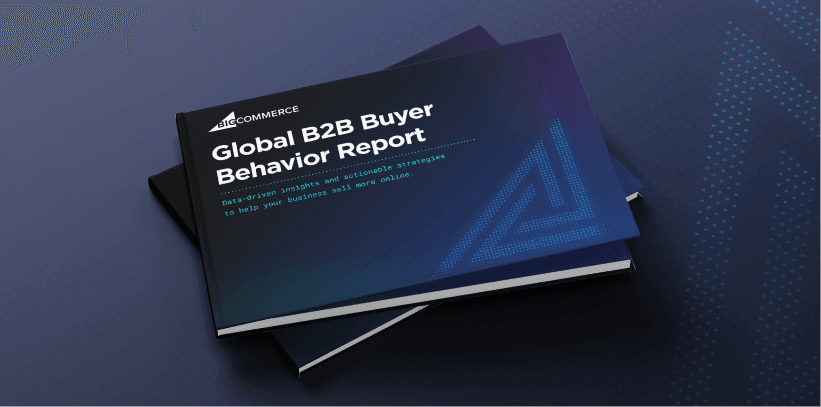Explore the
BigCommerce platform
Get a demo of our platform to see if we’re the right fit for your business.
Not ready for a demo? Start a free trial
How to Launch Your Online Checkout Experience

Written by
Annie Laukaitis

How to Launch Your Online Checkout Experience
Get The Print Version
Tired of scrolling? Download a PDF version for easier offline reading and sharing with coworkers.
A link to download the PDF will arrive in your inbox shortly.
While planning how to build your ecommerce site is exciting, it can also feel a bit overwhelming at times. With so much freedom, it can be hard to determine the basic elements needed to launch your online store.
To streamline the process of building your BigCommerce site, we’ve compiled the six essential components needed to successfully get your ecommerce store up and running.
In Part 1 of this blog series, we’ll cover how to enable your site to accept payments.
Setting up payment options
With BigCommerce, you have the option to accept both online and offline payments.
Online payments: Requires a credit card or digital payment method — like Venmo.
Offline payments: Payments that aren’t collected digitally — like a bank deposit, cash on delivery, check, or money order.
Online payments.
For customers to purchase items through a credit card, Venmo, or digital wallet, you must integrate a payment gateway into your online store.
BigCommerce offers over 65 payment gateways. While this gives customers the freedom to incorporate the tool that works best for their business, it can be difficult to decide the best option when just starting out.
Unless you have unique needs, PayPal and Stripe are the most integrated, price competitive, and flexible payment options on the BigCommerce platform. Each includes the ability to accept multiple payment types, such as credit cards, digital wallets, and Buy Now, Pay Later.
If you already have an offline business with a point of sale (POS) system, you should consider whether connecting that system directly to your BigCommerce store would make sense to simplify reporting and inventory management. If you sell regulated items, your payment gateway options are more limited, so you’ll likely opt for a solution like CWA or Worldpay.
Offline payments.
B2B brands most commonly offer offline payment options. BigCommerce provides native features that allow customers to place offline payment orders. We recommend first exploring if the platform’s built-in features can meet your business requirements.
If you need more advanced functionality — like the ability to generate invoices — BigCommerce offers tools like B2B Edition that provide more robust offline payment features.
The final word
Enabling your store to accept payments is essential to launching your ecommerce site. While there are specific payment gateways we recommend to get your store up and running, we offer customers the ability to integrate the tools that make the most sense for their business.
For more information on our online payment methods, check out our Payments Overview article. To learn about the other essential components of an ecommerce store, watch our Launch Foundations webinar series.


